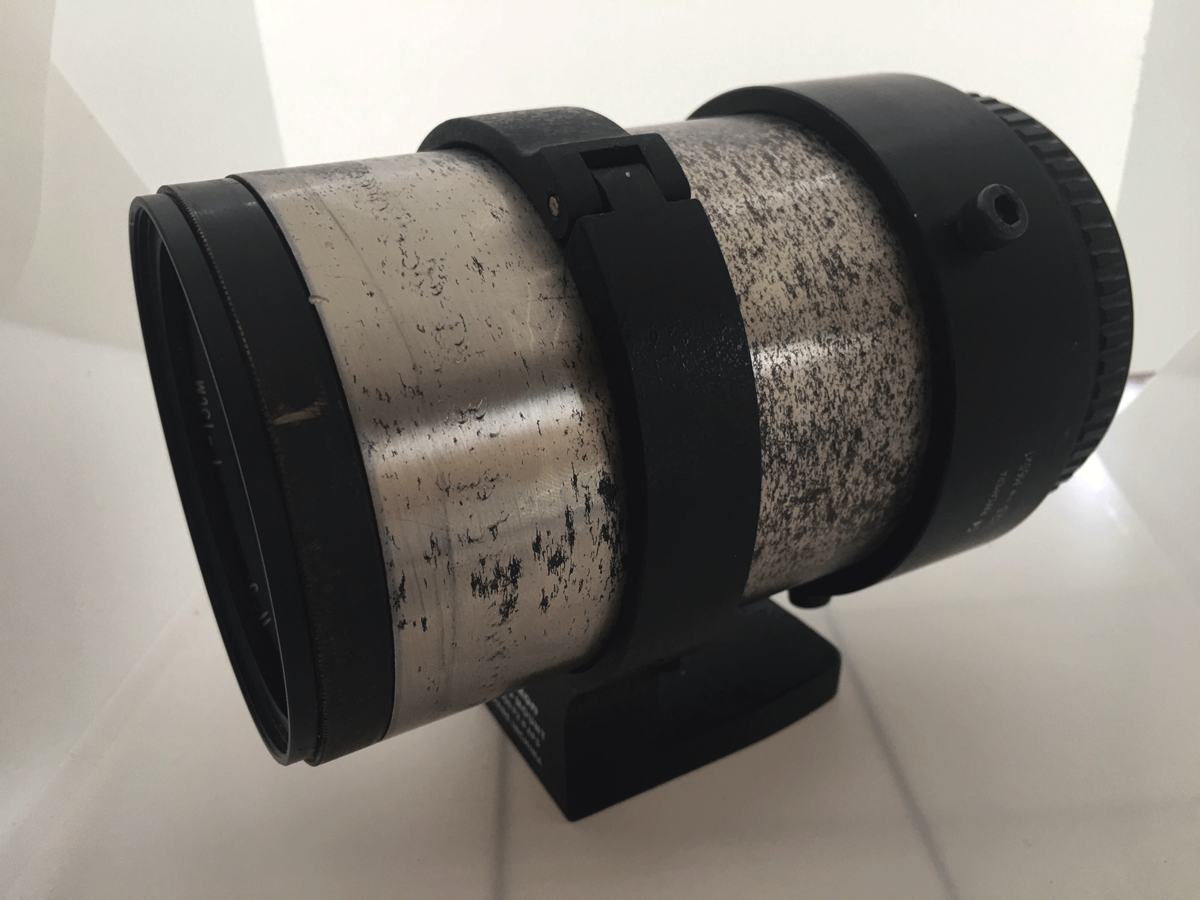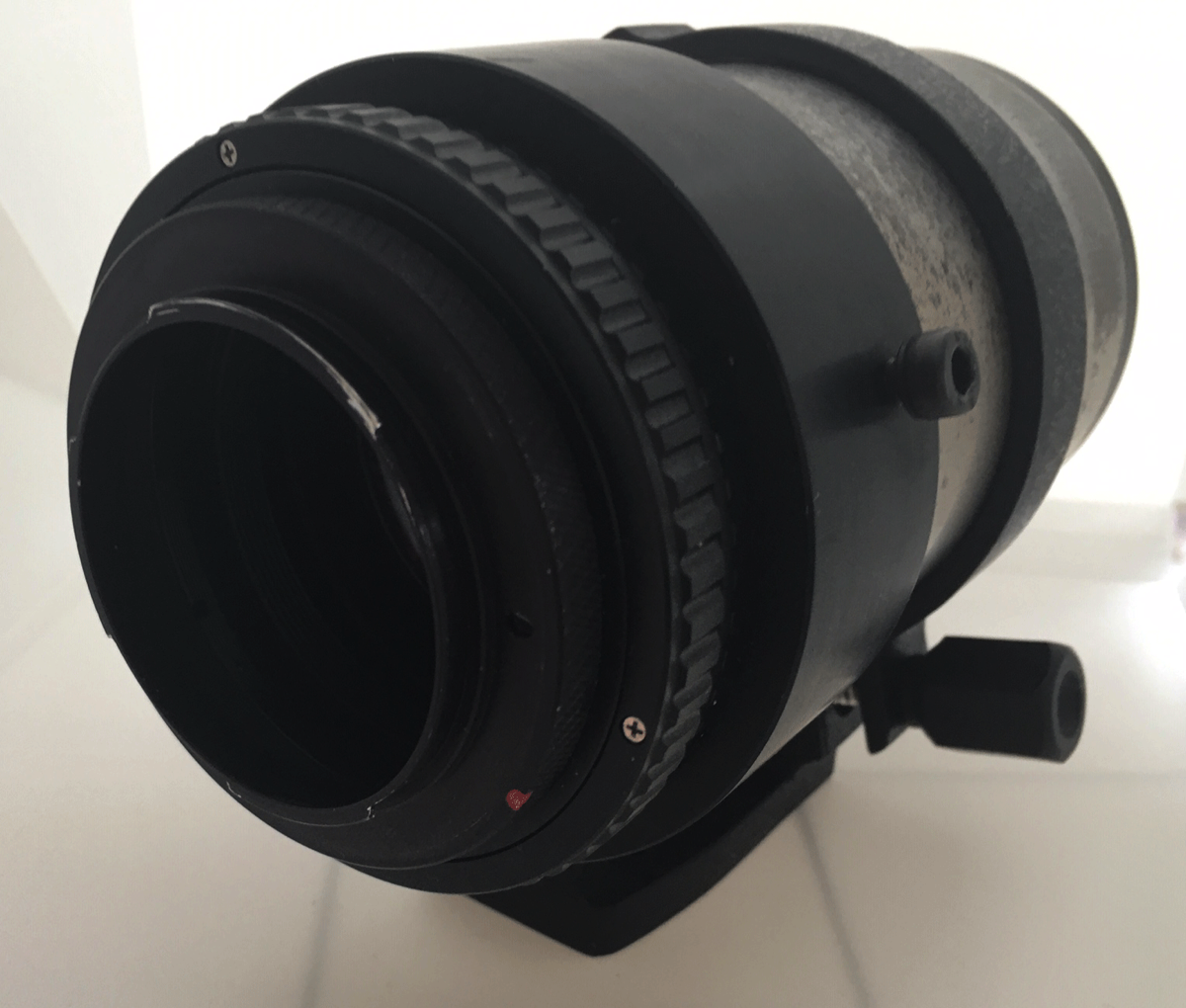The Lens details of a series of images taken by Steve Cushing on mirrorless camera.
Fitting has no mount and has a 61.22
Flange Distance - this lens will fit and achieve focus to infinity mirrorless cameras and also on DSLRs.
HistorySoviet lenses have a strange background in comparison with their German and Japanese counterparts. Some optical designs, such as the Helios 44 are direct copies of the Biotar and Flektogon series made my Carl Zeiss. The Jupiter 11-A has the Sonnar design. However, what makes them stand apart is that even if they are copies they still have a unique image rendering.
The names of the Soviet lenses often featured cosmic themes rather than optical design names such as Jupiter, Vega, Helios, Tair. In the Soviet era, everything that is connected with space was a trend. And they called the cosmic names of not only for their lenses, but other items such the tape player "Vega" motorbikes "Jupiter," and so many more products. Soviet lenses can be divided in two ways. Sometimes the name states the optical design (Helios, Industar, etc), The second way to clarify them is the brand of the manufacturer (Arsat, Zenitar, BelOMO).
The first way implies that the name of the lens attached specific optical design. This logic is likely to have been borrowed from the German company Carl Zeiss. Historically, after the WWII the Soviet Union brought the reparations of the optical factories from Germany, with raw materials and blanks, and also received the right to use certain optical designs, it is mostly the firm Zeiss.
But as the companies developed, Soviet designers took Zeiss lenses, produced them with Soviet types of glass and put them into production. So developed legendary Soviet lenses. Some optical designs were also invented by Soviet designers. For example Tair, Telear, Kaleinar etc.
Joseph Petzval, the inventor of the Petzval lensThe Petzval lens was invented by Austrian mathematician/physicist Joseph Petzval, in 1840 for Voigtlander. Until the invention of the Petzval lens, people sat in the blistering sun, waited for a long time during the exposure. The exposure time was 30 minutes, enough to make the sitter cry, although that wouldn't be caught on camera. Voigtlander and Petzval were lucky enough to have the Austrian army at their disposal,
Petzval with the help of the Austrian army doing all the calculations designed a lens. The calculations involved a very scientific approach, with refractive data from multiple wavelengths. The previous generation of lens designers had a trial-by-error approach, making lenses and then measuring them. There is a lot of mystery as to how Petzval was able to design such a lens, as the manuscripts which documented many years of research were lost in 1859, as they were destroyed due to a break-in at his home. This is a shame since the Petzval lens is one of the first pure "lens designs", as it was made by precise mathematical calculations. But the fact is, Petzval was able to design a lens that had an f-number of F3.5, in an era where F8 was the norm.
The aftermath story of this lens is just as intriguing as its birth. Voigtlander and Petzval had a nasty legal battle over the rights of this lens, and Petzval actually won. But the patents were only valid in Austria, and when Voigtlander moved their head office to Germany, Petzval’s patents were not valid there. Thus, the majority of Petzval lenses produced didn't bring in a cent for Petzval himself. He was largely forgotten later in life and didn't end up extremely wealthy.
This Lens
LOMO (ЛОМО) Short for Leningrad Optical-Mechanical Association. This association was considered number one in the USSR, it produces a variety of lenses with different designs. There are already appears in the name is not optical design but a brand. Yes, the lenses of the plant, especially cine lenses OKS (ОКС) have good optical properties and is very highly valued.
The Petzval objective or Petzval lens is the first photographic portrait objective lens (with a 160mm focal length) in the history of photography. It was developed by the German-Hungarian mathematics professor Joseph Petzval in 1840 in Vienna. it's not designed like a modern lens, but its unique bokeh gives it a look that portrait photographers should pay attention to.
The lens used for these images was produced for cinema projection use not camera use. The lens was manufactured in 1957 at GOMZ-LOMO plant in the city of Leningrad, at USSR. Watching movies was a favourite thing to do for Soviet people. You could find movie projectors and cinemas at almost any settlement, including the poorest provinces… Most places in Russia had local cinemas and many of the projectors used these lenses.
Petzval type lens remained in use for a special purpose, that of projection of a wide screen movie, where it needs lenses that have a natural curved field, at full aperture, to be able to focus on the curved projection surface. The 35 mm positive film occupies the sharp area, but the field is still curved, and can be made to match the giant wide screen of Cinemascope etc.
High quality professional coated optics with Russian red symbol "n" (it sounds like P=prosvetlenije, this symbol was removed since beginning of 1960s, when all Russian optics became coated).
The Petzval is big and on the heavy side
Lens In Use
- Petzval optical scheme.
- Light transmitting ratio 0.9. Resolution of the lens (pairs of lines per 1mm) is not less than 80 in the centre and 40 on the edge of 18x24mm frame. .
- No aperture always wide open.
- This is a large, very heavy lens. It is difficult to mount as the outside is smooth and does not have a screw thread. A hand made adapter with a helicoid is required.
Summary This lens is just so much fun to use. You must balance the ISO and shutter speed, hold the lens not the camera due to its weight and focus is always very hit and miss, but the effects it produces are very artistic.
For general information on lens design and lens elements go to the homepage
HERE





